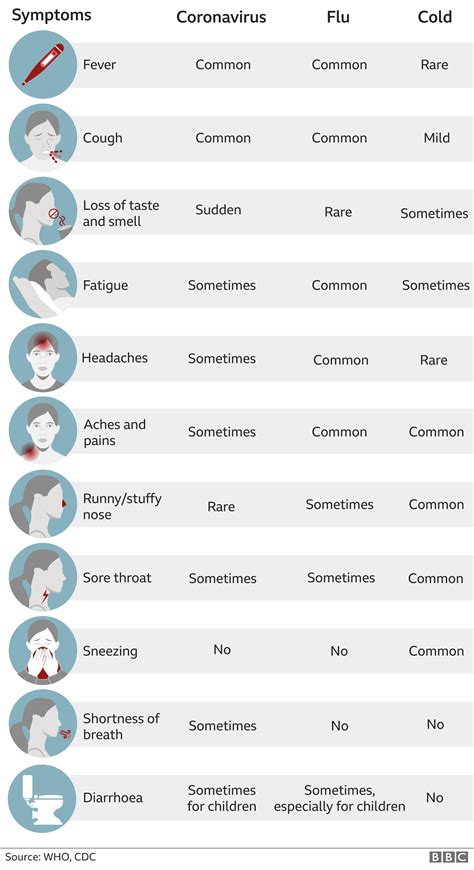Urinary Tract Infections (UTIs) in toddlers can be particularly challenging to diagnose due to their inability to effectively communicate their discomfort or symptoms. Recognizing the signs of a UTI early on is crucial for prompt treatment and preventing potential complications such as kidney damage. Here are 10 key symptoms of UTIs in toddlers that parents and caregivers should be aware of:
Frequent or Painful Urination: Toddlers with UTIs may exhibit signs of discomfort while urinating, such as crying, straining, or showing signs of pain. They might also urinate more frequently than usual, including needing to urinate during the night if they were previously dry.
Accidents: A toddler who has been potty-trained but suddenly starts having accidents might be experiencing a UTI. This could be due to the frequent urge to urinate or pain while urinating that they cannot hold their urine.
Strong Smell: If a toddler’s urine has a very strong, unpleasant odor, it could be a sign of a UTI. Parents might notice this smell in a diaper or after the child uses the toilet.
Fever: Although not all UTIs present with a fever, a high temperature, especially when combined with other symptoms, can indicate an infection. A fever in a toddler, particularly if they are under 2 years old, always warrants a visit to the healthcare provider.
Abdominal Pain or Discomfort: Some children may express that their tummy hurts, indicating abdominal pain which can be associated with UTIs. The pain might be located in the lower abdomen.
Blood in the Urine: In some cases, urine may appear pink or have visible blood. This is a clear sign that something is amiss and requires immediate medical attention.
Unexplained Irritability: Toddlers who cannot verbalize their discomfort might become unusually irritable or fussy, possibly due to the pain or discomfort associated with urinating or the infection itself.
Loss of Appetite: Some toddlers with UTIs might show a decrease in appetite, which can be due to the general feeling of being unwell or specific discomfort related to eating and digestion.
Vomiting: Although less common, vomiting can be associated with UTIs, especially if the infection has progressed or if the child is experiencing significant discomfort or fever.
Changes in Urine Color or Consistency: While not always indicative of a UTI, significant changes in the color (like dark yellow, cloudy, or presence of sediment) or consistency of urine (such as presence of visible particles) should be evaluated by a healthcare provider.
What to Do If You Suspect a UTI
If you notice any of these symptoms, it’s essential to consult with a healthcare provider as soon as possible. They will perform a physical examination and may request a urine sample for analysis. For toddlers, collecting a urine sample can be challenging and may require a catheterized specimen or a special bag that is placed around the genital area to catch the urine.
Prevention Strategies
While not all UTIs can be prevented, there are steps you can take to reduce the risk: - Hydration: Encourage your toddler to drink plenty of water to help flush bacteria out of the urinary system. - Proper Wiping: Teach the importance of wiping from front to back after using the bathroom to prevent bacteria from entering the urinary tract. - Avoid Bubble Baths: Bubble baths can irritate the genital area and increase the risk of UTIs. - Change Diapers Frequently: For those not yet potty-trained, changing diapers frequently can help prevent bacterial growth.
Early recognition and treatment of UTIs in toddlers are crucial for preventing long-term consequences and ensuring the child’s comfort and health. If you’re ever in doubt about your child’s health, it’s always best to consult with a healthcare provider.
How common are UTIs in toddlers?
+Urinary Tract Infections are less common in toddlers than in older children and adults but can still occur, particularly in girls. It’s estimated that about 3% of girls and 1% of boys will have a UTI by the age of 11.
Can UTIs be prevented in toddlers?
+While not all UTIs can be prevented, encouraging good hygiene practices, such as proper wiping and frequent diaper changes, and ensuring the child stays well-hydrated can help reduce the risk.
How are UTIs diagnosed in toddlers?
+Diagnosis typically involves a physical exam and a urine test. For toddlers, collecting a urine sample can be challenging and may require a catheterized specimen or a special urine collection bag.
What is the treatment for a UTI in a toddler?
+Treatment usually involves antibiotics prescribed by a healthcare provider. It’s crucial to complete the full course of antibiotics as directed, even if symptoms improve before finishing the medication.
Can untreated UTIs lead to complications in toddlers?
+Yes, untreated UTIs can lead to more severe infections, including pyelonephritis, an infection of the kidney. This can cause permanent kidney damage if not promptly treated.



